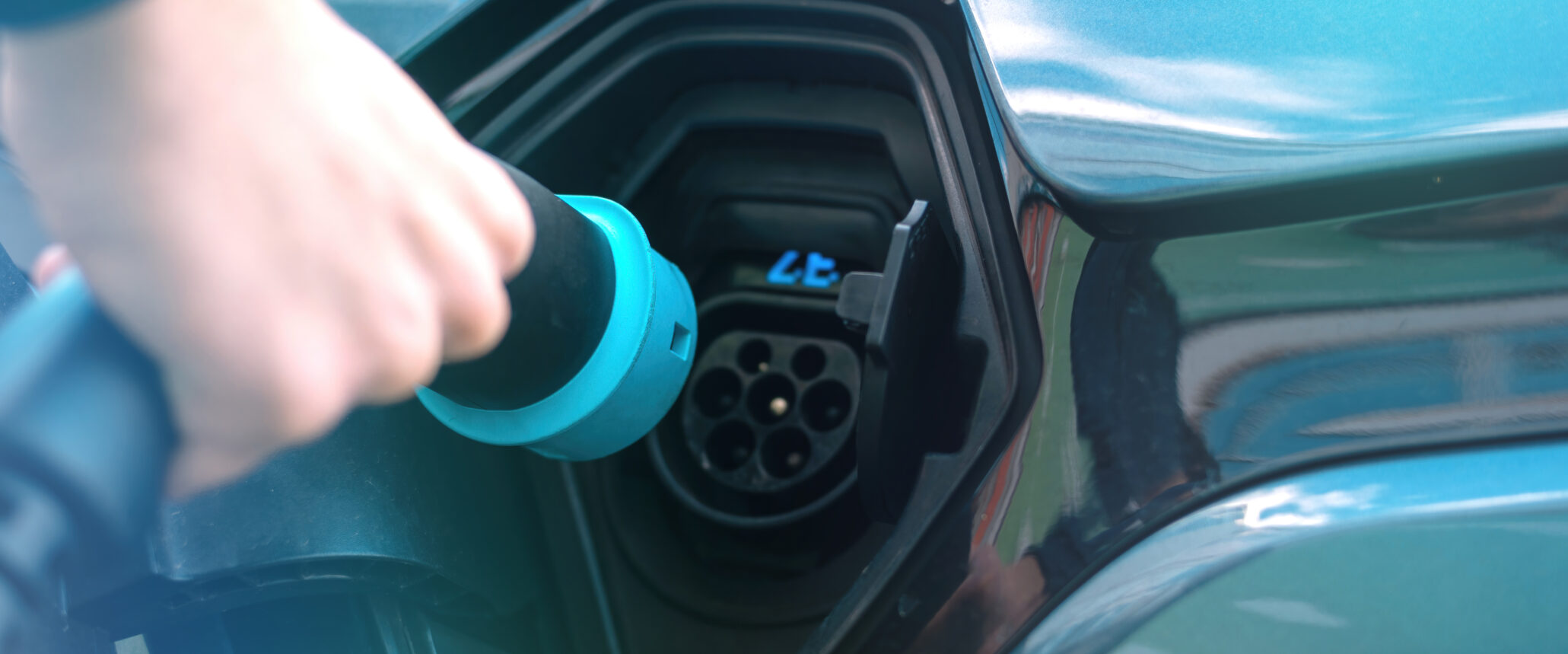

Alternating current (AC) and direct current (DC) are two terms you will come across regarding charging and we promise, they’re not nearly as scary as they sound.
At its simplest AC electricity and DC electricity are the same product. They are just delivered differently. Electricity flows in a current, like a stream, and there are two types of current – AC and DC. The key difference between AC and DC is the direction of flow:
Common devices that rely on electricity from the grid – a lamp, for example – use AC because the wave-like motion of AC is far more efficient for travelling longer distances.
Batteries, however, can only store power in DC form. If you think about a laptop, it needs both AC and DC to function. The plug that goes into your computer supplies a direct current to the battery, but it receives that charge from the AC socket in your wall because power from the grid is always AC. The box on a laptop charger is an adapter that turns that AC into DC so your battery can store power.
| Direction of Flow | Common Uses | |
|---|---|---|
| Alternating Current (AC) | Constantly changes direction, moves in a wave-like motion | Lamps, toasters, kettles, refrigerators |
| Direct Current (DC) | Moves in one direction, like a line | Mobile phones, torches, electric vehicles |
Like a laptop, the battery in your EV can only store power in DC form. There is a converter in your vehicle that operates much like the box on your laptop’s charger – it is called an ‘onboard charger’. The onboard charger converts power from AC to DC and then feeds it into the battery. Most models of electric vehicles will have two ports under the car’s charge flap – an AC port and a DC port. The Renault ZOE is a notable exception. Older (before 2020) ZOE models only have one port because they can only charge using AC.
The AC port is used for slow and fast charging, while the DC port is used when using rapid and ultra-rapid charging on the public network.
Next in the charging terminology, let’s talk about some terms used when describing types of charging:
It’s important to tell the difference between kW and kWh because they look similar but mean different things to you and your car.
A kilowatt, often shortened to kW, is a measure of power. It equals 1000 watts. A kilowatt hour, often shortened to kWh, is a measure of energy used (or stored) and shows how much power you’re using over time. It’s what utility companies use to measure how much electricity you’re using on your bill. These units are related, as you may recall from science in school, i.e. if a heater that has a power rating of 2kW is used for 1 hour, it will use 2 x 1 = 2kWh.
Regarding electric vehicles, you need to know the following:
Chargepoints will show their rating in kW because that’s how much energy they transfer per second to your car while charging. Cars may show their power usage in kW depending on how hard you’re driving. If you’ve driven a petrol or diesel car, which you probably have, then this is like horsepower (hp).
When you are charging your car, you will be charged for the energy that is transferred to the batteries in a price per kWh. For a given power charging point, the longer you charge, the higher the cost.
Your batteries will have a maximum energy storage, rated in kWh. This is the equivalent of the fuel capacity of your car and will give you an indication of how far you can go (depending on the usage of the car).